Sony receivers: features, model overview, selection criteria
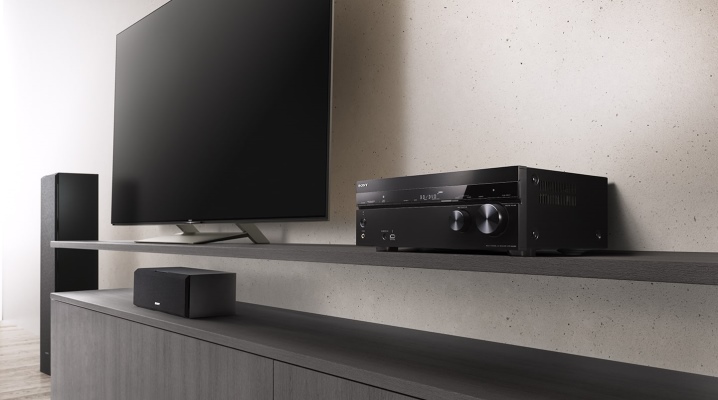
The full movie experience in your home theater depends not only on the characteristics of its screen, but also on the properly tuned sound. Unfortunately, the AV-receivers supplied with most complexes are usually inferior to separately purchased analogs. Therefore, it is worth considering the features of Sony receivers, familiarizing yourself with an overview of the best models, and finding out the main criteria for choosing such a technique.
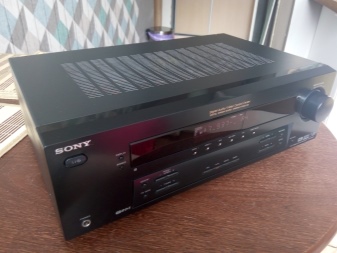
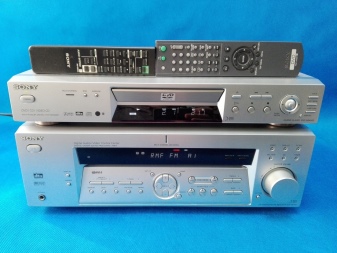
Peculiarities
The Sony Corporation was founded in Tokyo in 1946 and from its early days was engaged in the production of professional and consumer audio and video equipment, including tape recorders. Since the second half of the 80s of the last century, the company's products are well known to Russian audiophiles, who quickly appreciated the high quality of Japanese technology. Sony today represents a transnational corporation with an annual turnover of about $ 8 billion.
At the same time, the main production facilities at which Sony receivers are assembled are located in Malaysia - which means that the build quality is noticeably better than that of goods from China, but is slightly inferior to equipment assembled directly in Japan. In the production of this technique are used only high quality electronic components, as well as reliable and environmentally friendly materials.
Thanks to this, all the equipment of the Japanese company has all the quality and safety certificates required for sale in the USA, EU countries and on the territory of the Russian Federation.
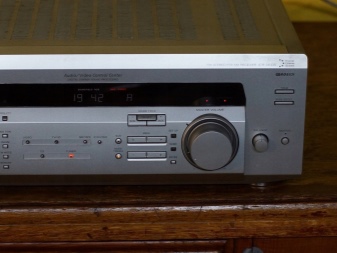
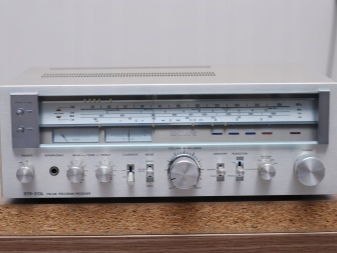
Most experts consider the main advantages of Sony receivers:
- high quality sound and video;
- reliability;
- multifunctionality;
- the ability to play files and control the device from a smartphone / tablet via Bluetooth;
- elegant and functional design;
- Full support for 4K HDR video and Dolby Vision technology;
- DCAC mode - automatic calibration of the sound subsystem depending on the user's position relative to the speakers using a microphone;
- a wide network of official dealers and service centers in all regions of Russia;
- Auto switch to Stand-by mode when there is no input signal.
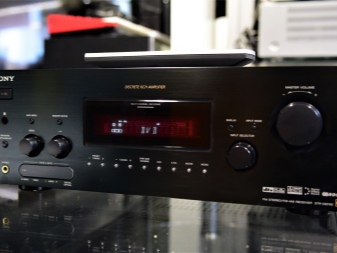
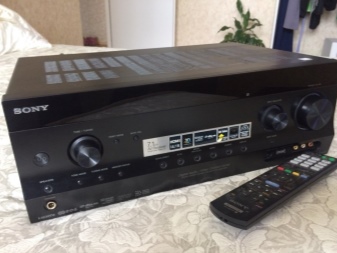
The Japanese technique also has some disadvantages:
- the cost of these devices is higher than that of counterparts produced by lesser-known brands;
- there is very little pre-installed software on the receivers - in particular, there is no Internet radio;
- problems (slowdown and freezing) during mobile streaming via Deezer;
- all models, except the flagship, do not support USB file transfer and are not equipped with an Ethernet port;
- insufficient information content of the interface (in particular, analogs manufactured by other companies provide more information about the properties of the input signal).
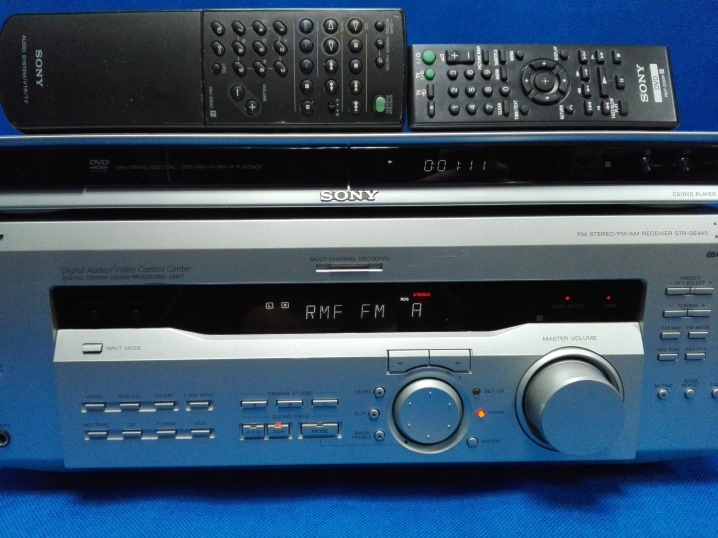
Model overview
The current model range of the Japanese concern consists of three options.
- STR-DH590 - the simplest and most budgetary model costing about 20,000 rubles with 5 full-frequency surround sound channels and 2 channels of low-frequency effects. The output power of each of the channels is 145 W, and the distortion does not exceed 0.9%. Equipped with 4 HDMI inputs and 1 output, 4 analog and 1 optical audio inputs, ports for connecting a game console, TV, Blue-Ray player and headphones. The 13.3 cm height makes it easy to fit into any rack. Built-in decoders for DSD, Dolby Digital, Dolby Dual Mono, DTS-HD High Resolution Audio, DTS, DTS-HD Master Audio and DTS 96/24 formats.
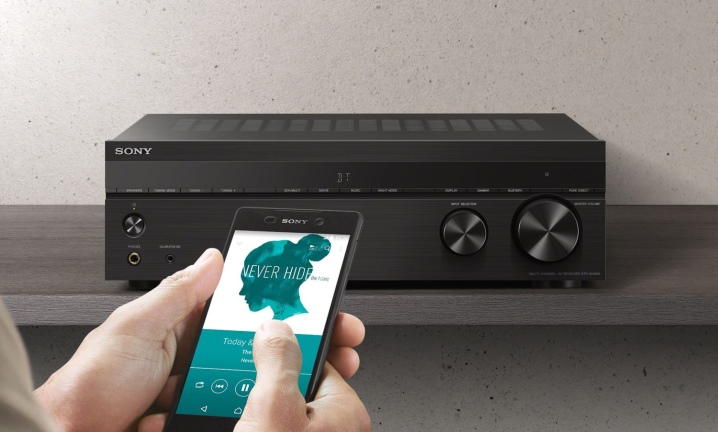
The video system supports A / V SYNC, BRAVIA SYNC, HDR 10, HLG and Dolby Vision technologies, as well as 4K 60P 4: 4: 4 video. The device is equipped with an FM tuner with RDS system.

- STR-DH790 - differs from the previous version in a large number of channels (has a 5.1.2 scheme), an improved version of DCAC with support for speaker autophase, support for HDMI signals of Dolby Atmos, DTS: X and DTS-ES (Matrix 6.1 / Discrete 6.1) format, which makes it possible Create truly lifelike surround sound by placing two speakers on the ceiling of the room.
The price of this model is about 26,000 rubles.
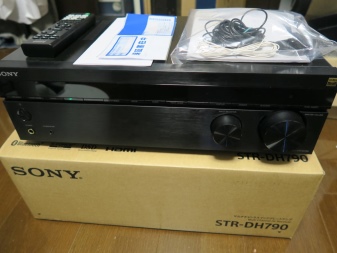

- STR-DN1080 - the flagship of the current line of receivers, the purchase of which will cost from 40,000 rubles. It differs from the STR-DH790 model with increased power up to 165 W / channel, support for many sound quality improvement technologies (Sound Optimizer, DSD, DSEE HX, Pure Direct and Digital Legato Linear), advanced auto-calibration functionality (phantom and direct channels are calibrated separately), 6 HDMI inputs and 2 outputs, full USB and Ethernet support, LCPM, DTS HD MA and DTS HD HR audio formats, MP3, AAC / HE-AAC and WMA9 playback via USB / Ethernet, streaming firmware Chromecast and Spotify platforms, NFC, Wi-Fi, AirPlay and Bluetooth transmitter.
Owners of other Sony equipment will especially love the Music Center feature, which lets you stream music from one device to another.
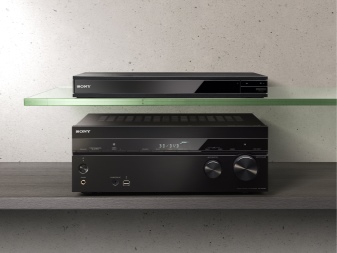
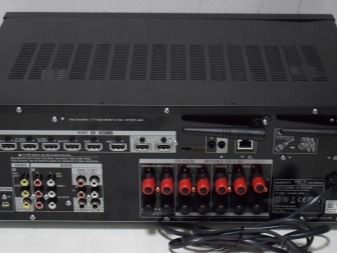
Discontinued models can still be found in retailers and online stores.
- STR-DN860 - an earlier analogue of the STR-DH790 model without Dolby Atmos support and a second subwoofer. Power - 95 W / channel. Russian users remembered this model mainly for juicy and loud bass.


- STR-DN1060 - an early analogue of the STR-DN1080 receiver with a power of 120 W / channel with greatly reduced functionality (less network capabilities, only 2 HDMI inputs).
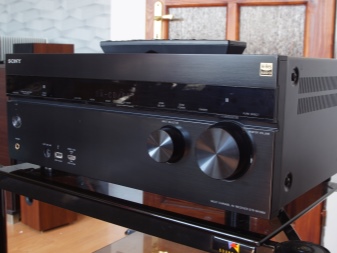
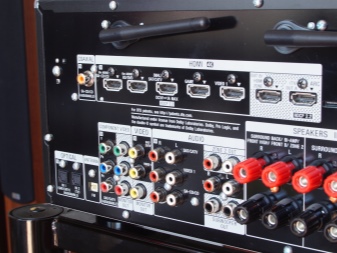
How to choose?
Before proceeding with the choice of a specific receiver model, you should decide is the acquisition of such equipment justified, in general. For example, if your home theater will be installed in a room less than 20 m2, then you simply will not be able to enjoy full surround sound, so for such rooms it is worth purchasing simpler and cheaper soundbars, rather than receivers. The same applies to rooms with a lot of furniture, especially upholstered ones.
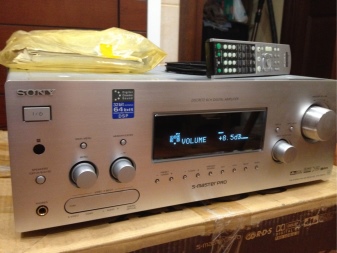
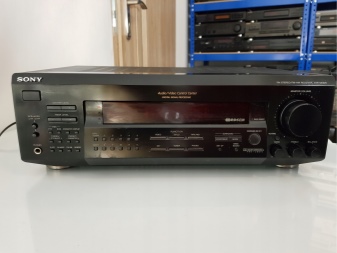
If you nevertheless decide to purchase a receiver, then when choosing it is important to take into account a number of characteristics.
- Number of channels. The completeness of the volumetric picture of sound will depend on it. Some kind of realistic sound may well be provided by 5.1-format devices, but for real surround audio, you need to purchase at least 7.1-channel versions. Having a stereo subwoofer would be a plus.
- Power. It is on this indicator that the maximum volume level that the system is able to reproduce without distortion will depend. You can calculate the power using a simple ratio - for each m2 of your room area, you need 1.5 watts of power. If you are placing a cinema in a 30 m2 room, you need a power of at least 45 W / channel. Please note that if the data sheet indicates the PMPO power, and not the RMS, then the true value of this value may be an order of magnitude lower, since PMPO is the peak power, not the rms power.
- Distortion level. This figure should be no higher than 1%, and the lower it is, the higher the sound quality will be. Before buying, it is advisable to assess the presence of distortion yourself - for this, a recording with a strong high-frequency component (for example, a female or children's choir) is best suited.
- Supported audio codecs - the device must support at least DTS, Dolby Digital, Dolby Digital Plus and Dolby TrueHD formats, and if the number of its channels exceeds 5.1, then Dolby Atmos support must be present (otherwise there is simply no point in additional channels).
- Video formats - there must be support for Full HD and 4K.
- Number of inputs / outputs - the receiver must provide for the possibility of simultaneous connection of all audio-video equipment you have.
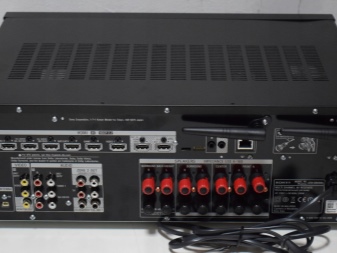
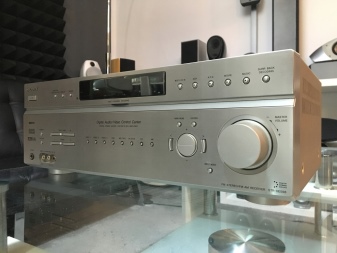
And do not forget that the final picture and sound quality is determined not only by the receiver, but also by the screen and speakers.Therefore, your TV and sound system should match the selected AV receiver model in terms of price and quality.
For connecting and setting up the Sony STR-DH770 receiver, see the video below.











The comment was sent successfully.